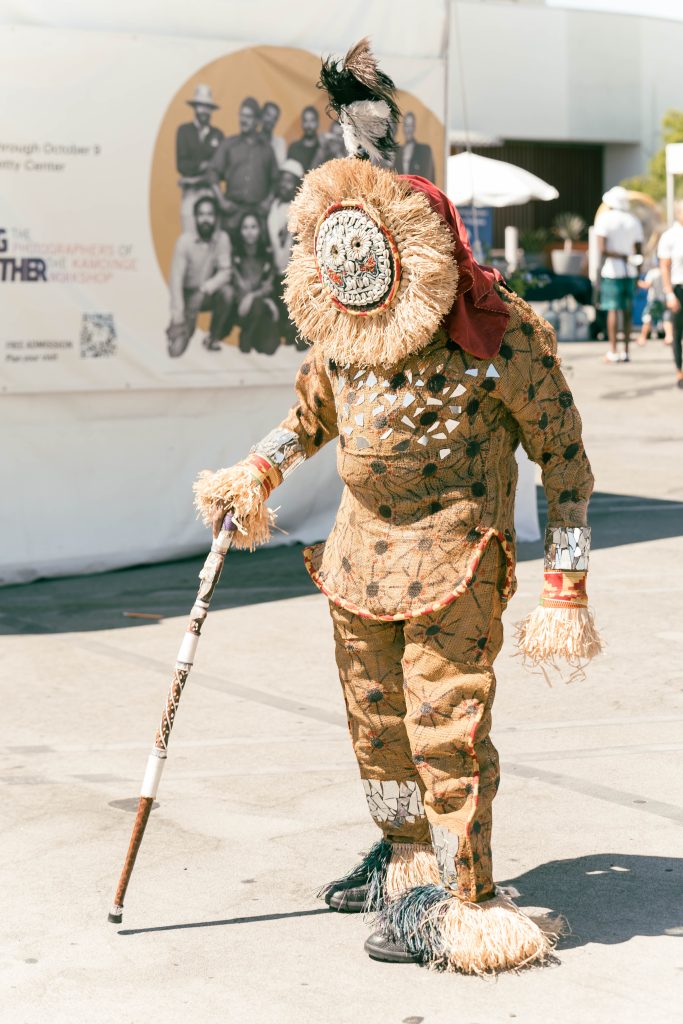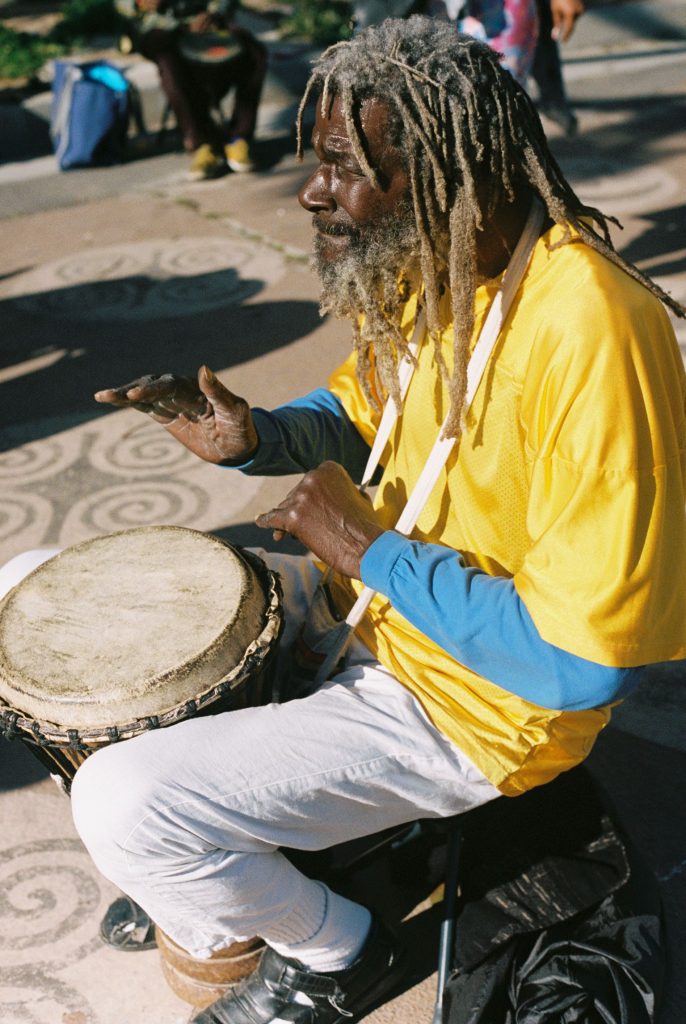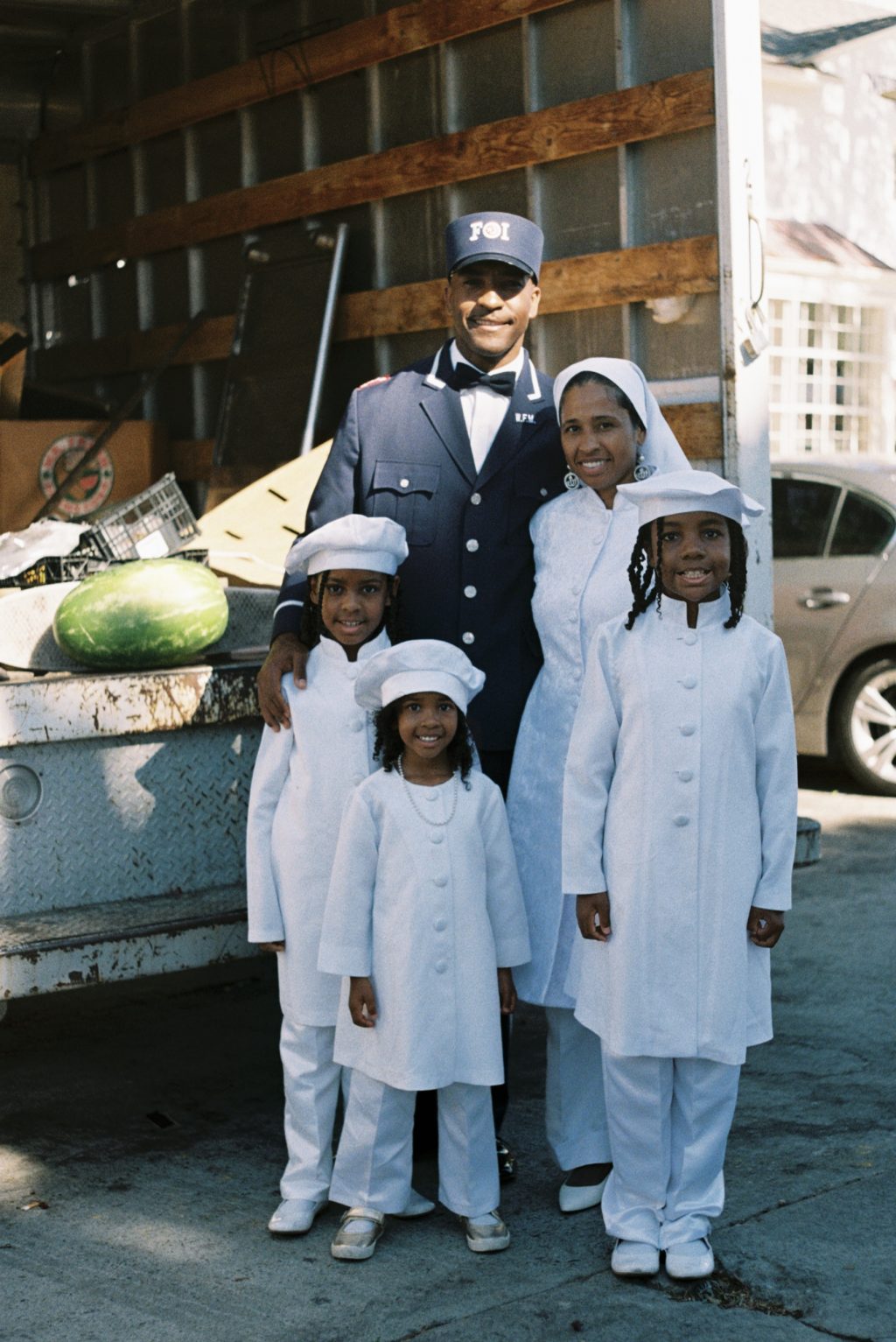The ability to be spontaneous is greatly appreciated in photography, and saying that does not mean that we are looking to start an academic argument about what mediums are appreciated the most or not. Still, some people often feel that staged photography is an „acquired taste“art form, and perhaps not as appreciated or mainstream as photojournalism and street photography. Staged, that is, photography that is pre-arranged by the photographer or from a set design/backdrop. This type of image-making became well-known in the 1980s through the work of artists such as Paul Kodjo, Ananias Léki Dago, Sory Sanle and Malick Sidibe, Pioneer African Artists who have long utilised the medium of photography to create a contrived environment, scenes and vignette to elevate photography to a higher level and communicate something other than the decisive moment typical of photojournalists and, or street photographers. With staging, lens artists get the opportunity to make particular and careful choices, to control every element that gives the appearance of spontaneity. A good contemporary example is Kalynn Youngblood, a photographer who contributes to a more expansive visual representation of Black life with her staged portraits of black Identity in modern domestic indoors and in the streets. Kalynn Youngblood is also a film director in the Los Angeles area. her first short film “Fluid” which is a movement piece that tells the story of triumph will be released in mid-August.
Hello Kaylnn YoungBlood and welcome to Random Photo Journal! Introduce yourself: Tell us a little about your upbringing, where you call home, and how you found your way to photography.
I started making photographs as a hobby in my senior year of high school. I managed to buy myself a camera with money I made from doing poetry events and other small gigs as a teenager; years later, it has turned into my passion. At first, I was very timid because it was a hobby that later became a career opportunity. Despite the popularity contest creatives face in Los Angeles, I was and still am committed to getting my art out into the world to tell my stories. I started just taking pictures of my friends doing random things, then local clothing lines, and eventually coordinated my shoots with brands and models. That led me to think, “OH! I can create my world, my diaspora through photos”. But also, I can document the era and natural black life around me without it being/looking staged and that catapulted a whole new world for me in photography.
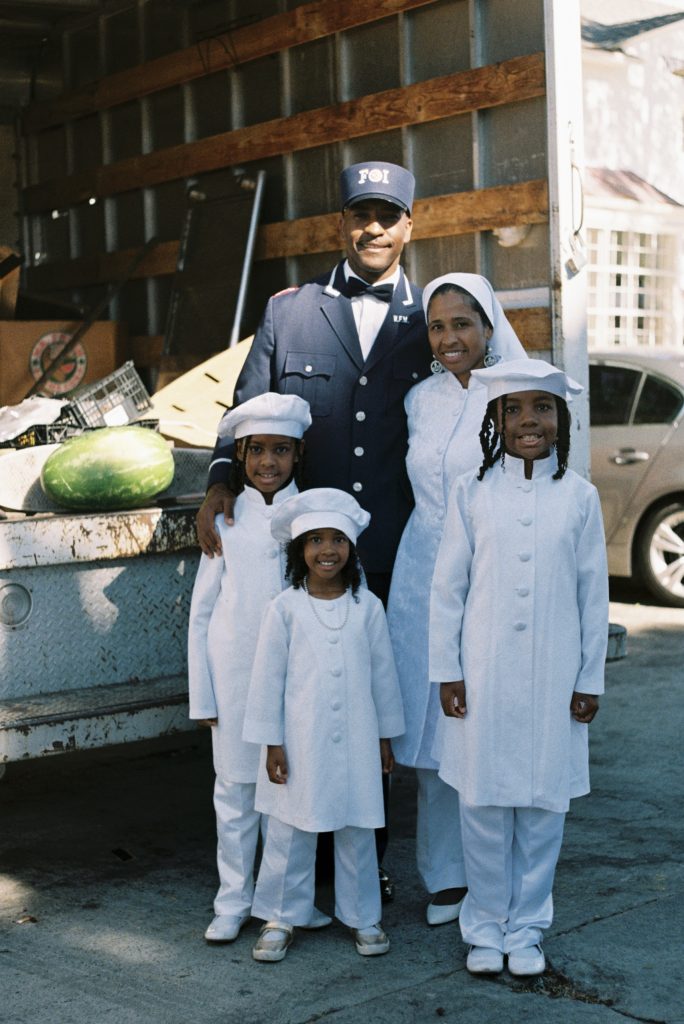
Briefly discuss with us how you think being Native American and of Nigerian descent informs the kind of photographs you choose to make.
I believe being from the diaspora but never having a solid connection, meaning toes on the ground or a place to call my own in Nigeria or any African country made me feel estranged. In conjunction with living in America, that has made me long to be more connected to my motherland. So with that, my photos are my way of connecting. It is my way of getting in touch with the roots I have yet to touch but yearn to. It is a way for me to identify as who I want to be, not who people see me or label me as. Because I’ve never lived in any part of Africa there is that disconnect, but with my photos and documentation, I plan to bridge that gap.
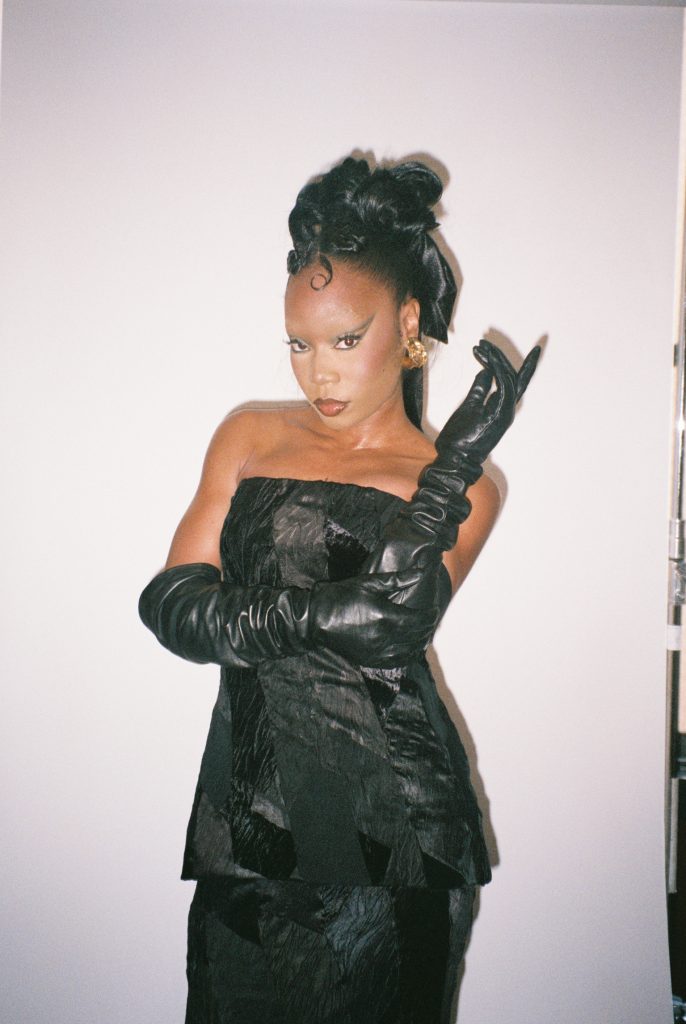
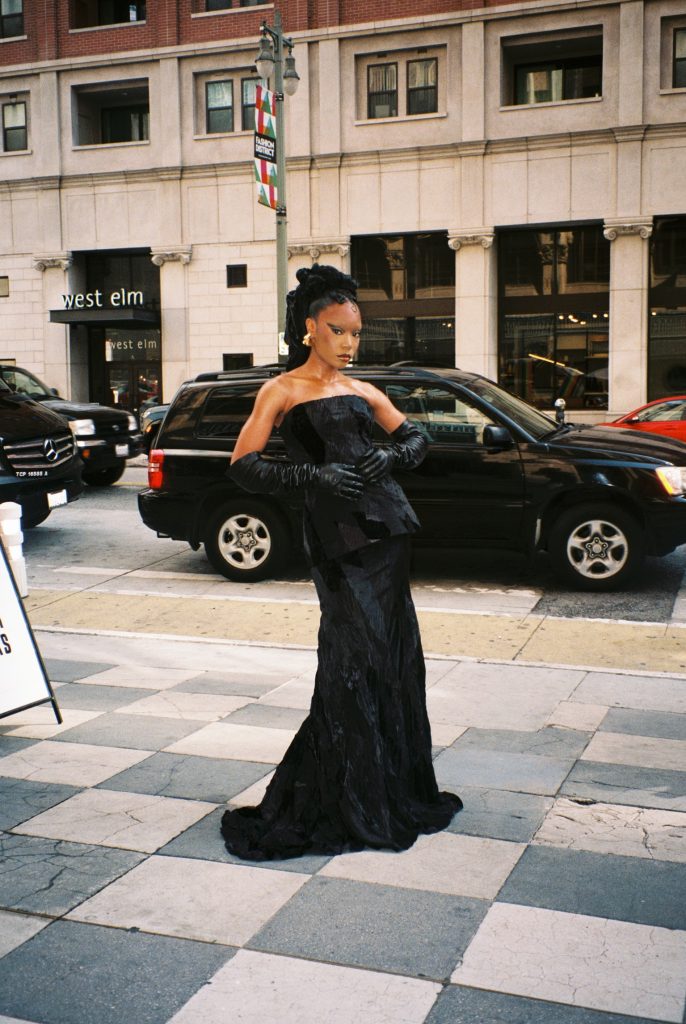
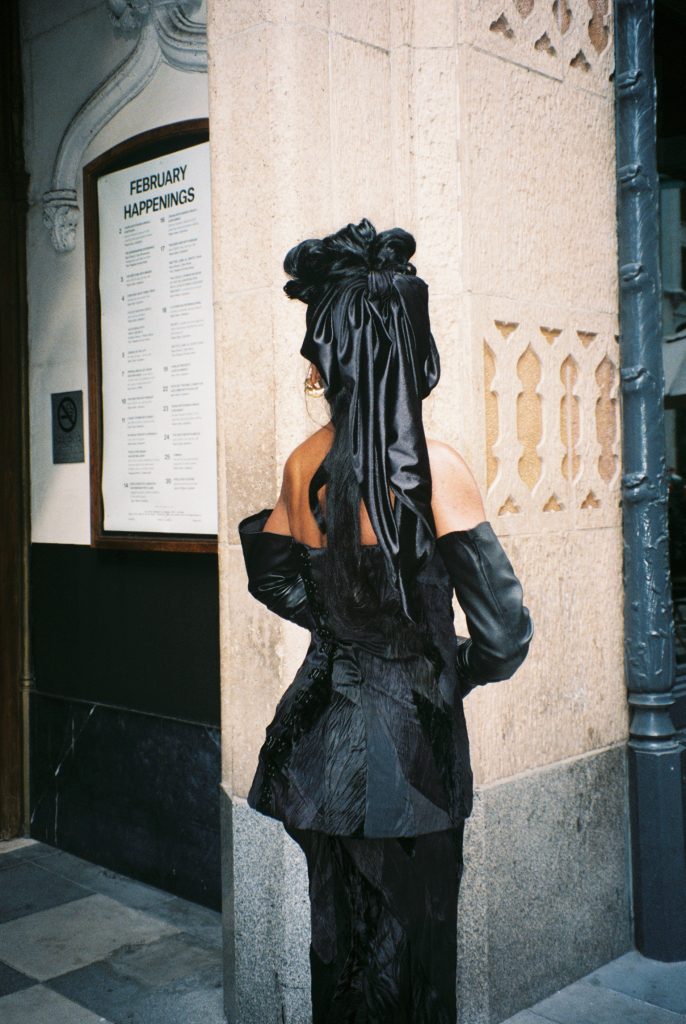
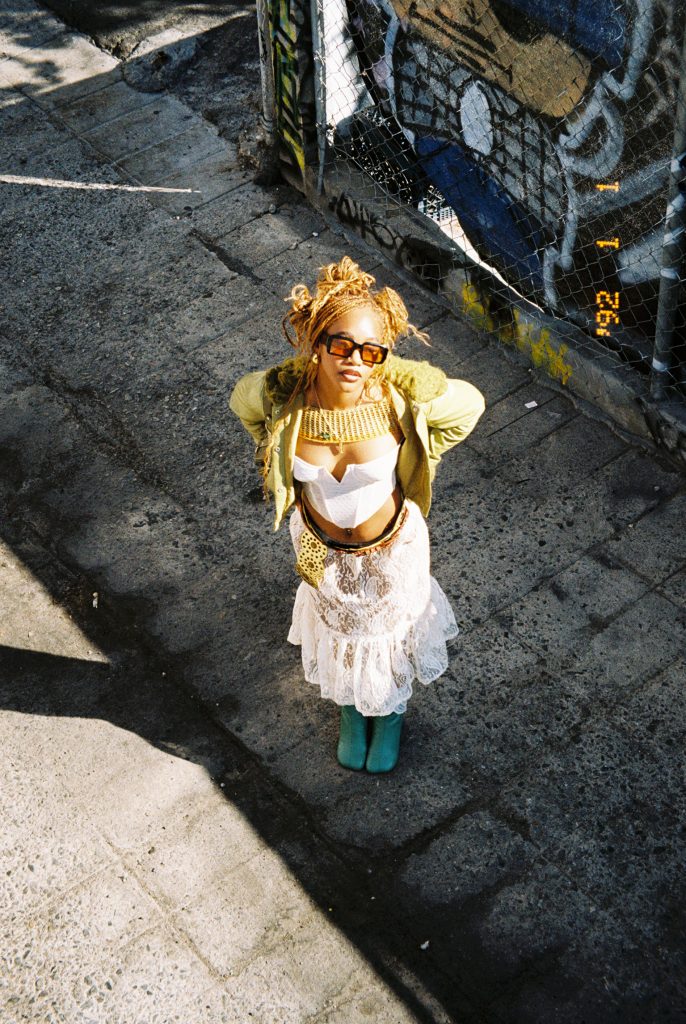
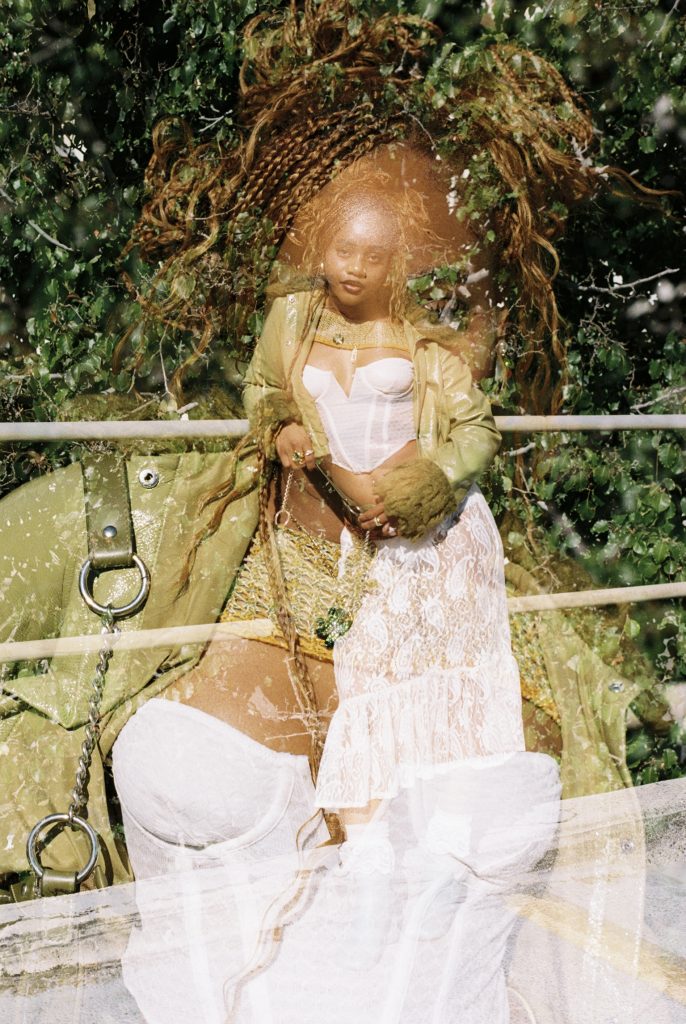
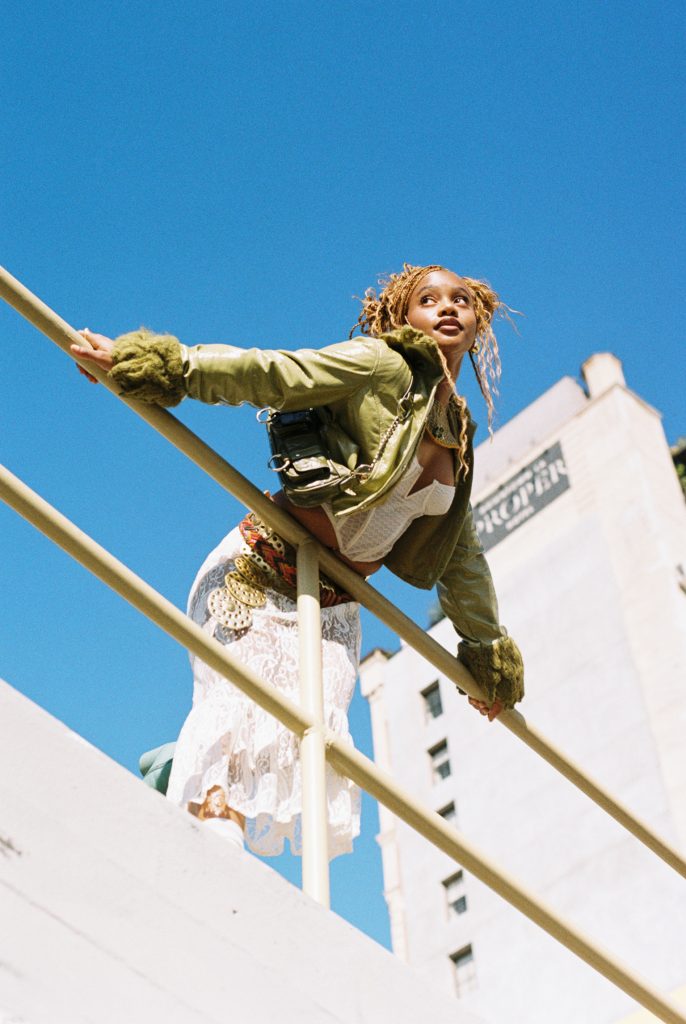
In the series of images, you shared with us, which is your favourite image, and what is the story behind it?
To be honest, every photo that I shoot and put out into the world is my favourite because I refuse to show things I don’t like or connect with. But out of this series, maybe the one where everyone’s wearing orange and something is happening in the foreground and background. It is from the annual ancestor festival in Leimert Park called “Festival of Masks” and it’s a community arts event and parade that celebrates our newfound ancestors from the community, young and old. The orange group represented a close friend of mine Amber who passed in her early 20s. This particular photo hits a lot of the marks I try to make when shooting so it’s pretty special to me.
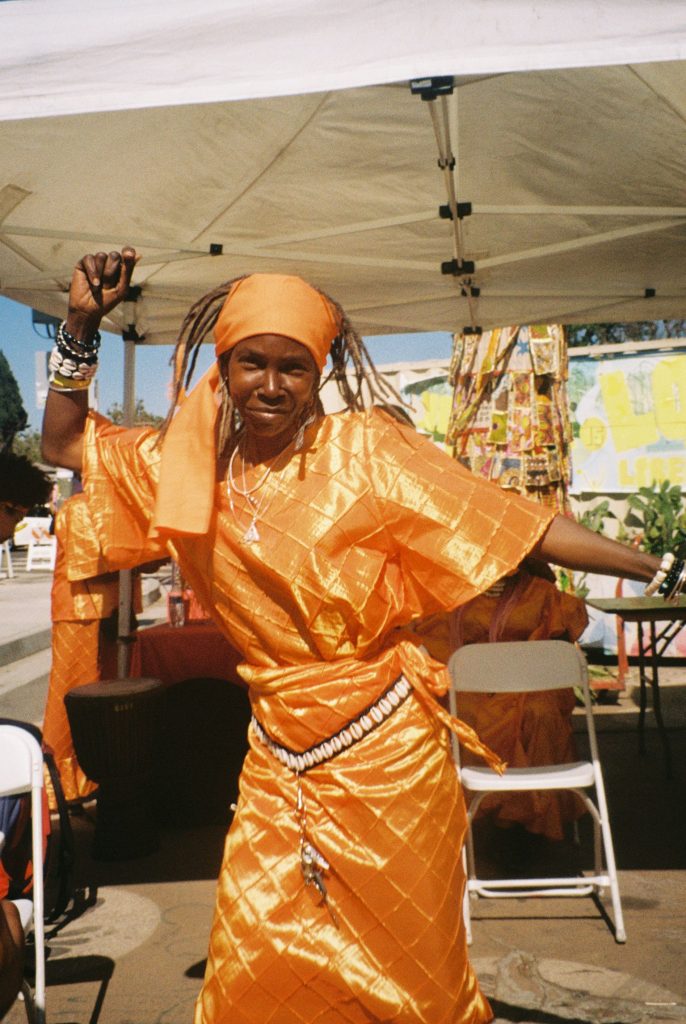
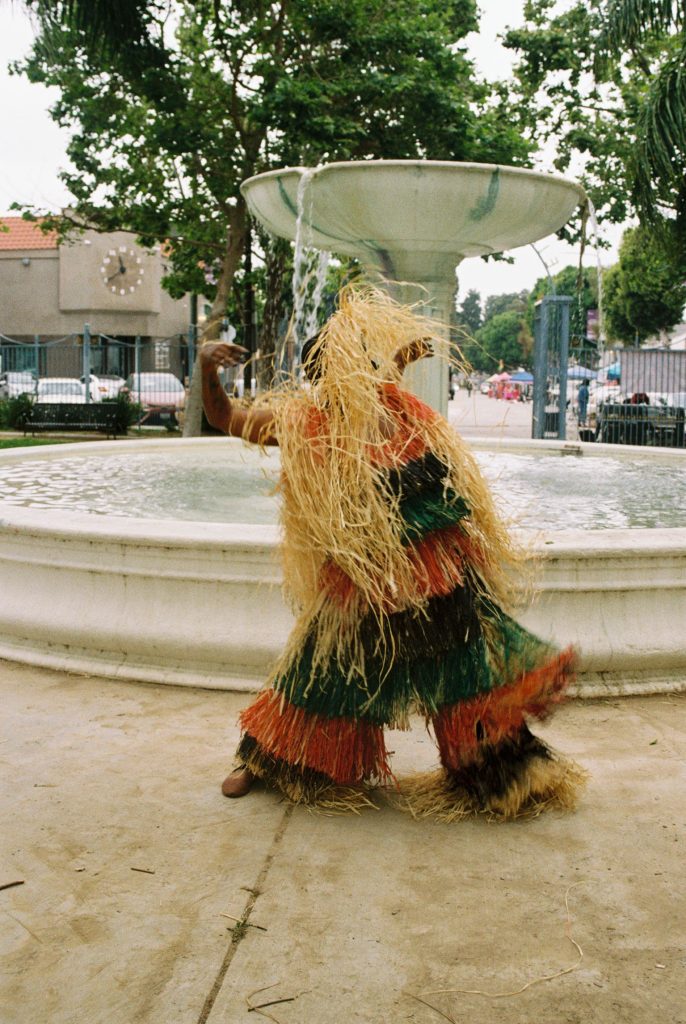
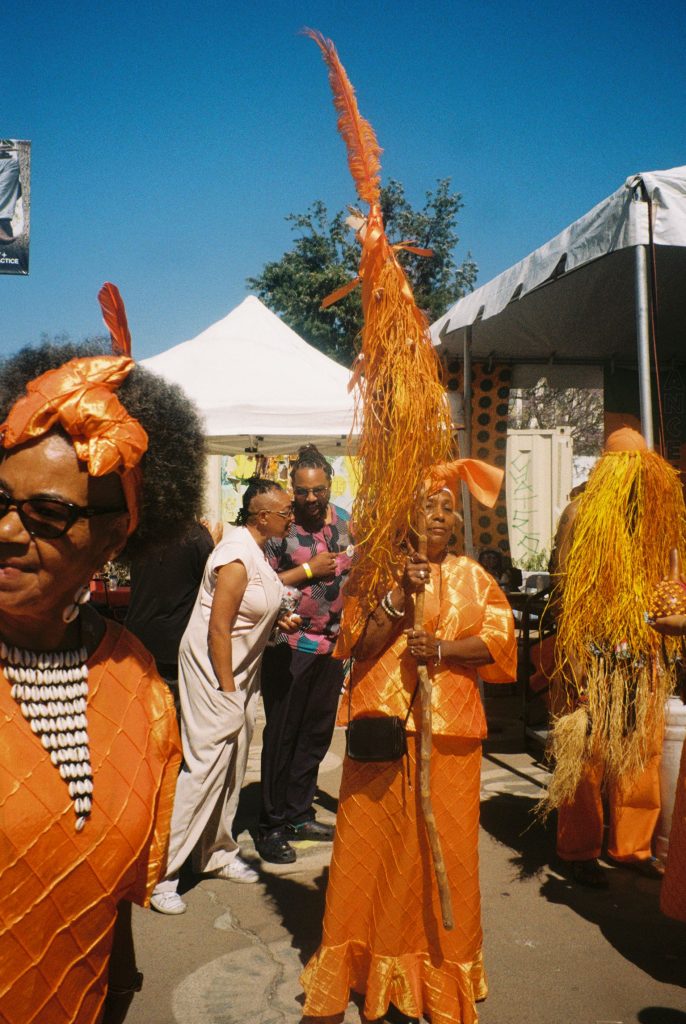
Are there other photographers whose work you draw creative inspiration from?
Absolutely. There are a few female photographers that I love, one being Vivian Maier who wasn’t a known photographer until she passed and is a huge inspiration for me. Also, Deanna Lawson and Renelle Medrano are two black women whose work is very raw, very creative, and tells a story with every image. Also, being female photographers and in a male-dominated society that alone is inspiring in conjunction with their immense talent.
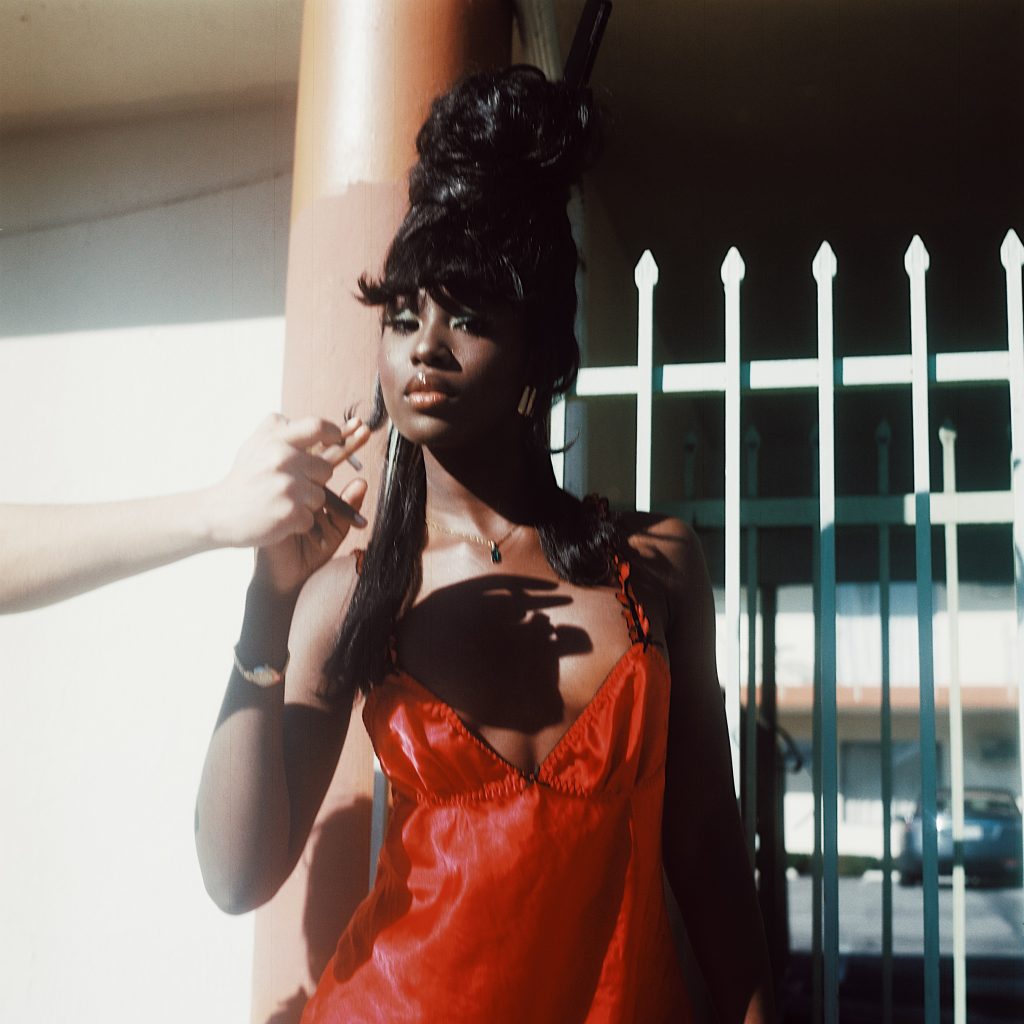
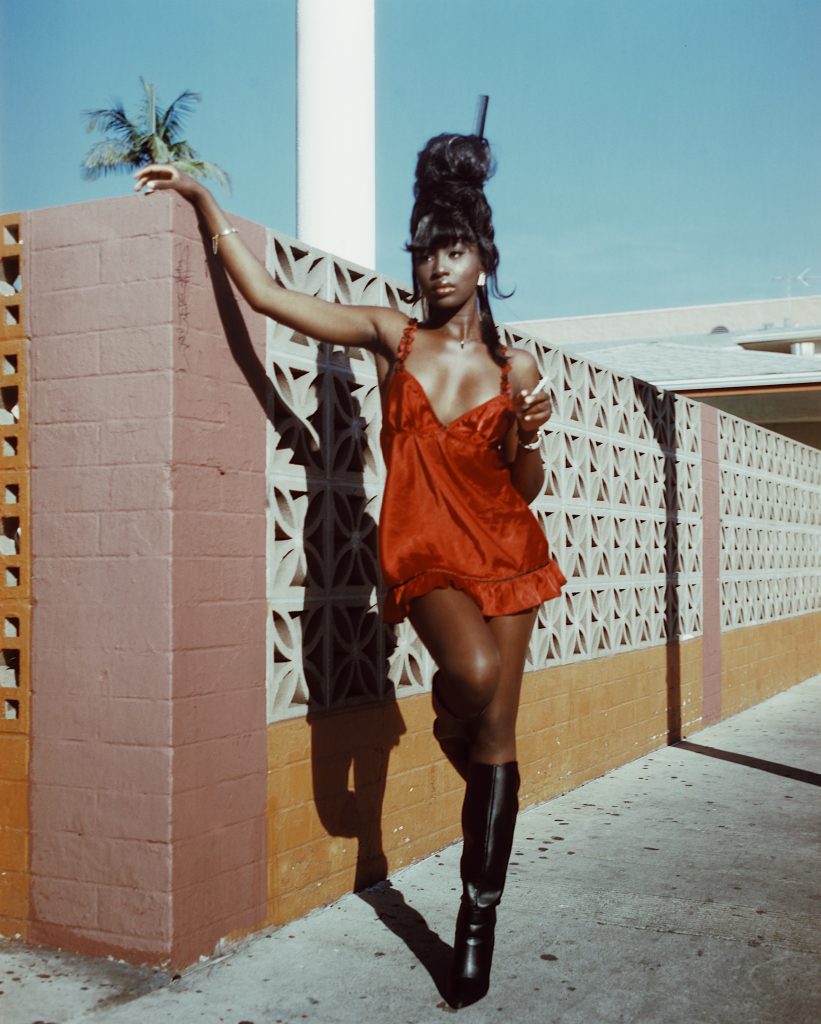
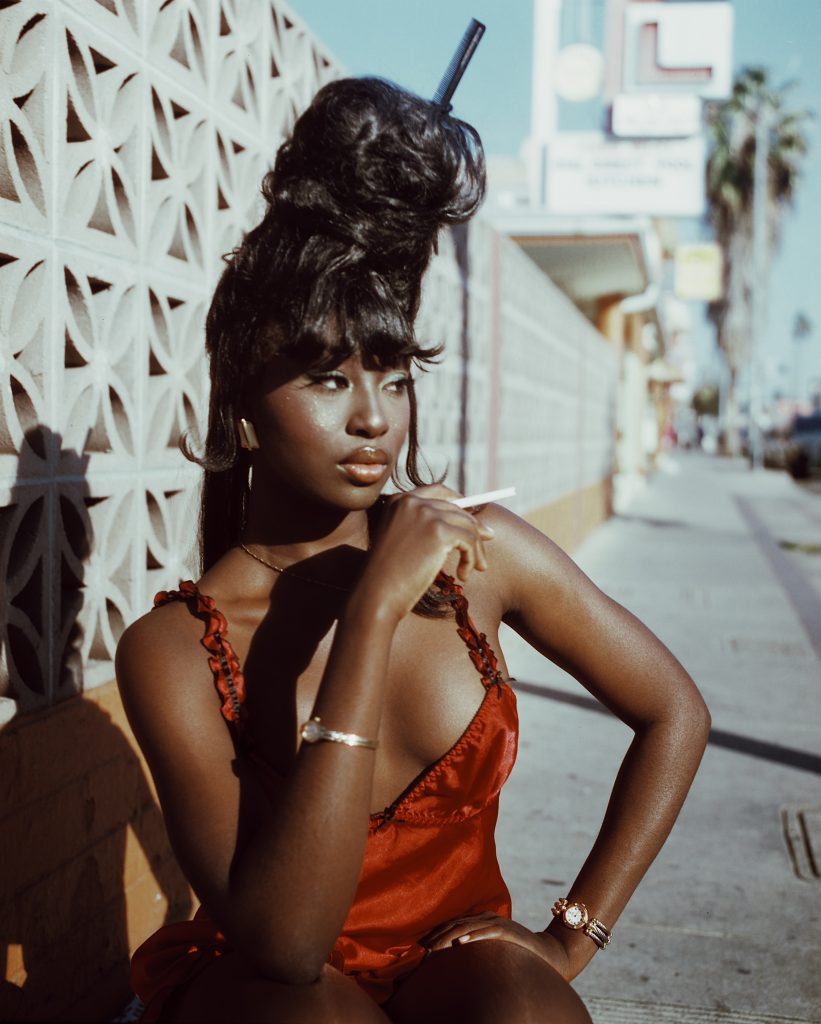
In your opinion, what is fine art photography and do you consider yourself a fine art photographer?
I’m a true believer in art being subjective. Fine art to me is something that is just well thought out, planned, and executed. It’s like writing a book. You weave a narrative, then bring it to life to be interpreted on a broad level. I wouldn’t label myself as a fine art photographer but someone who creates fine art photos. For example, there was a time when people saw Basquiat as an amateur in some spaces and some think it’s some of the best art ever created.
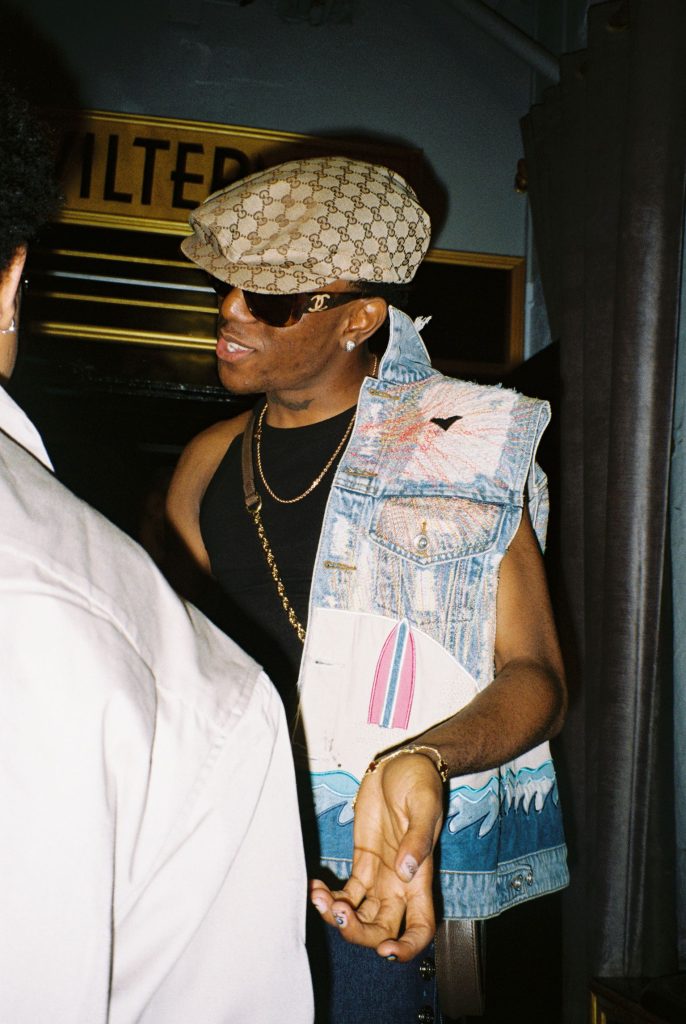
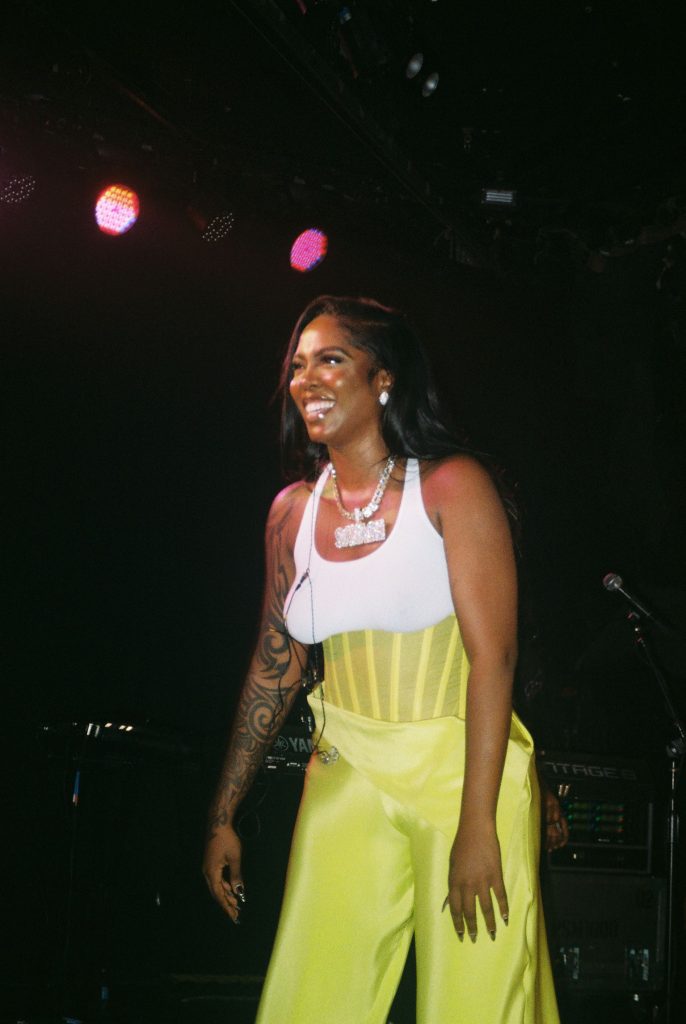
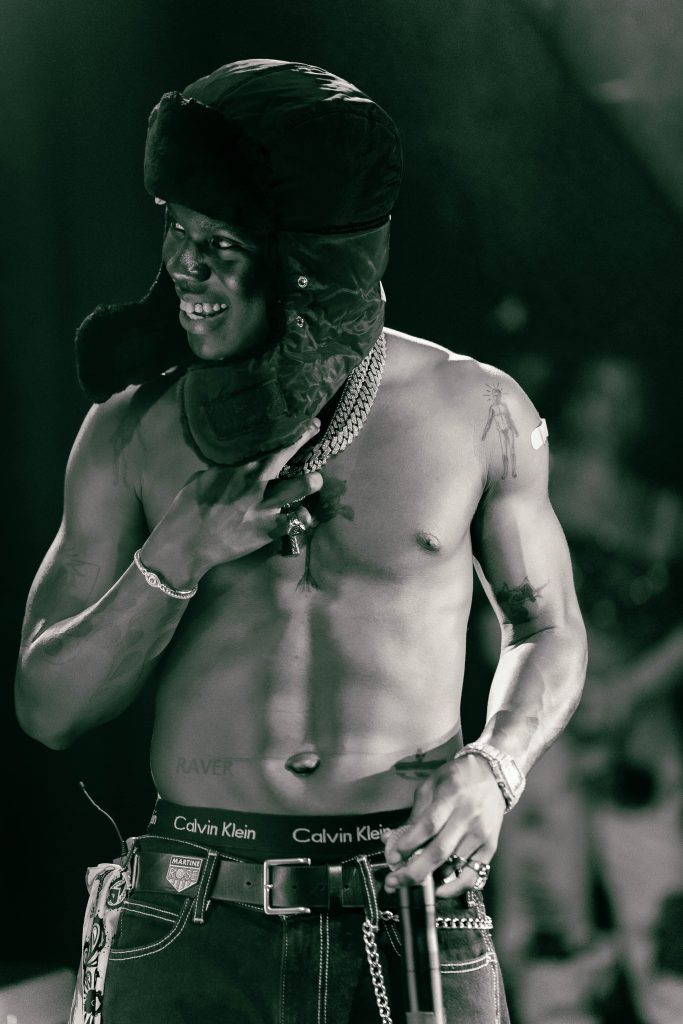
Mission statements aren’t farfetched with most photographers, so we were wondering if that applies to you too, in the sense of: what message do you wish to communicate with your photography, freedom, peace, love for humanity? For example, you capture a lot of portraits of women in your work, what message do you wish to pass with their imagery?
My mission statement essentially is “documenting black life daily” I see myself as a historian of the times. My goals are to highlight black people from every diaspora in a way that we are remembered positively. I preach freedom, and being free to be your unapologetic black self. The women I photograph are naturally strong, resilient, and fierce and that is the way I want them to be portrayed.

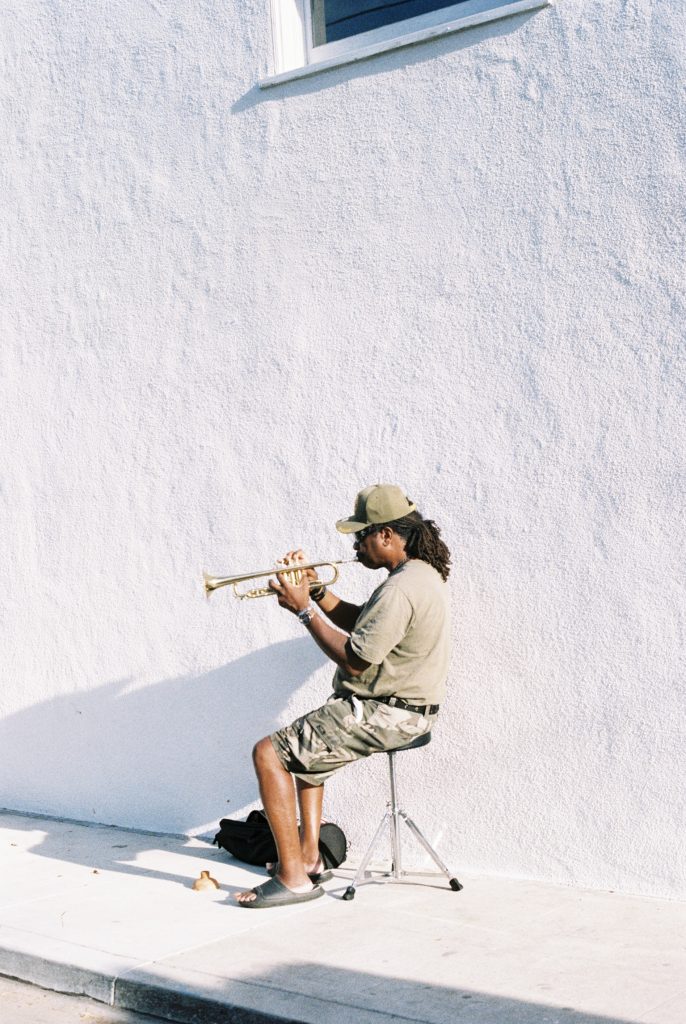
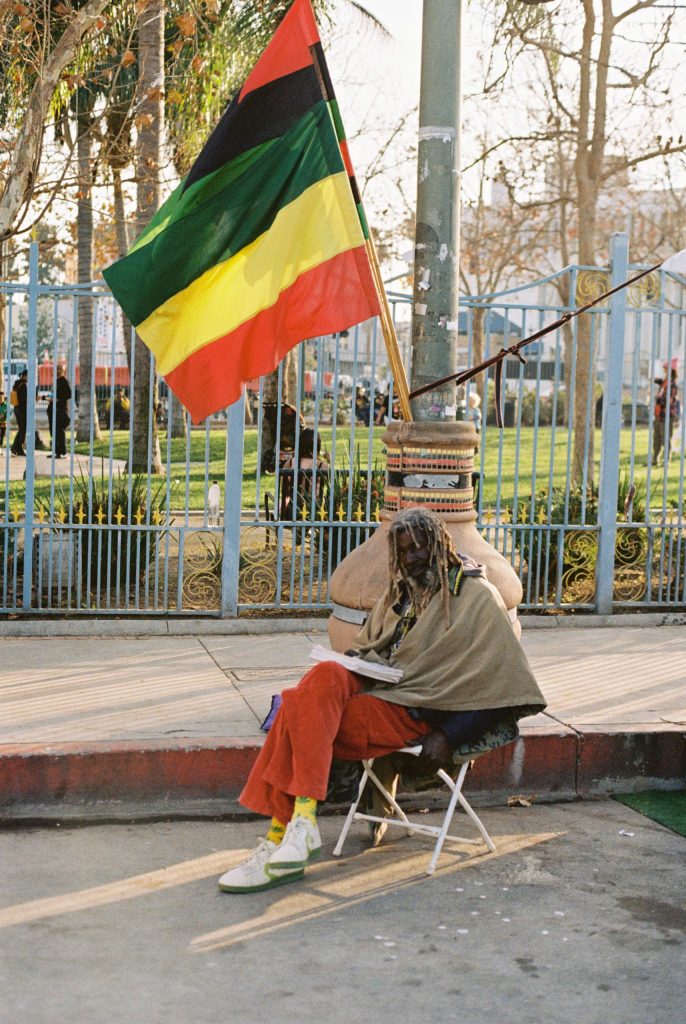
In your own opinion, what do you consider to be a “Good photograph” or a good image?
I could be cliche and say, that I consider a good photograph to be anything the viewer/shooter likes because we all have a different eye. But as a photographer, I’m extremely hard on myself, and as artists, we all may be our biggest critics. So for me, I see a good photograph as something that has clear intention and evokes a feeling. I could also say it has to have the rule of 3rds, but it doesn’t. I can be walking inside a grocery store and see a homeless man sitting on the sidewalk and think “Wow, this would be a dope photo” and it will be. No rhyme or reason to it, but that image I saw in my mind evoked an emotion inside that I felt should be captured then boom, a masterpiece has been birthed.
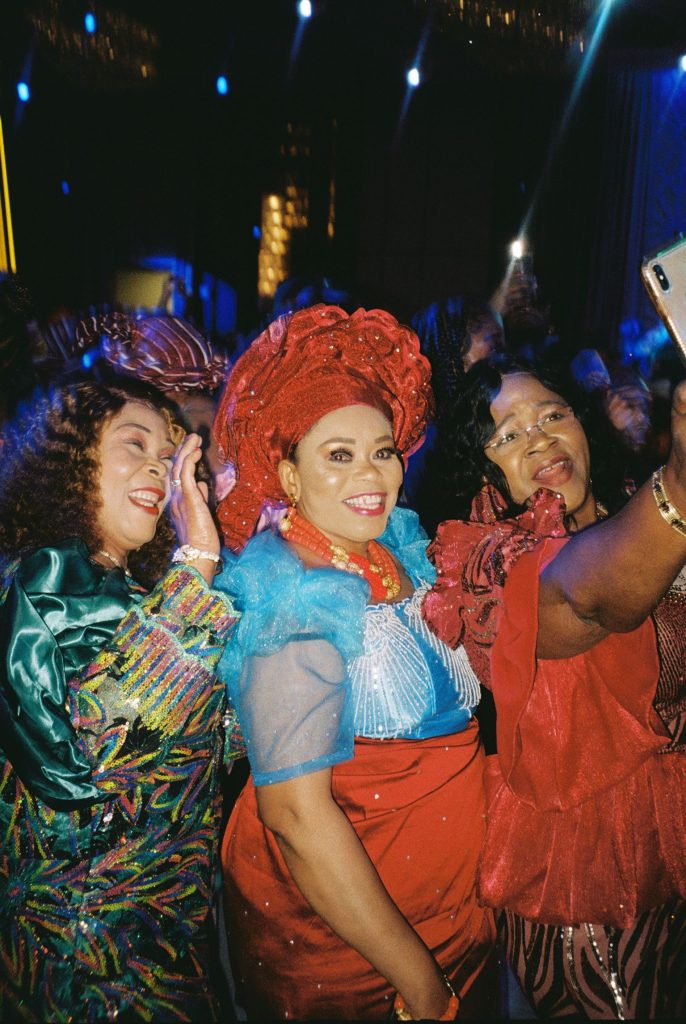
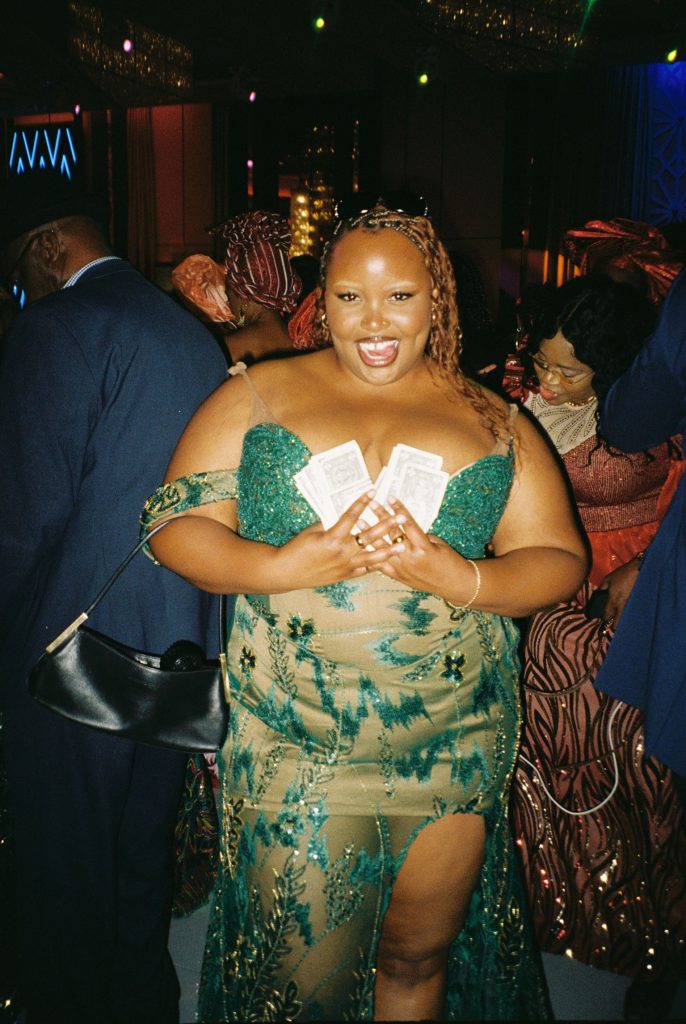
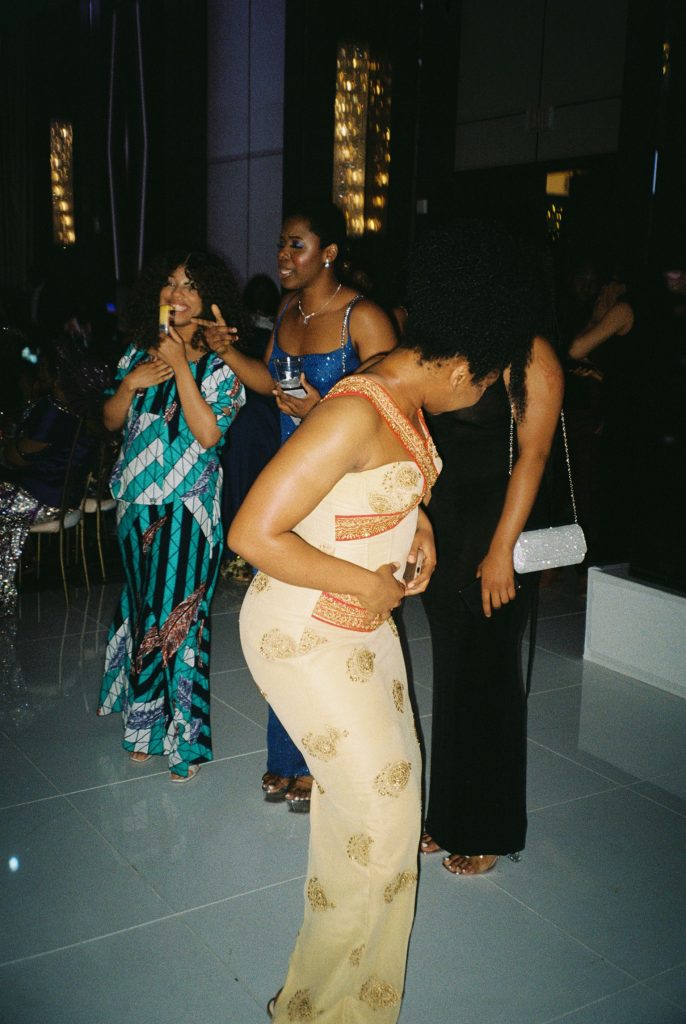
Are there any photo projects you are currently working on that you would like to share with our creative community, exhibitions or film?
Yes! I am currently working on a gallery exhibition that will be showing in Fall 2024 called “The Blueprint Braids: Wear Your Emotions” It is an ode to braids in African culture. I use different art forms like film photography, cyanotypes, and sculpting to tell this story. I will also be releasing my short film “Fluid” in mid-August which is a movement piece that tells the story of triumph. It is a battle within yourself that comes alive through the screen. The recurring theme in this film is Victory. Overcoming. Mastery. Continuously moving through the madness. Flowing effortlessly. Not allowing any obstacle to stand in front of you or hold you back. The dance moves in the film are the resistance. It is also a protest. How do you move when no one’s looking? What is your raw expression? The things you scream, but want no one to hear. Like a snake shedding its layers. The movement unlocks a new light and a new era.
